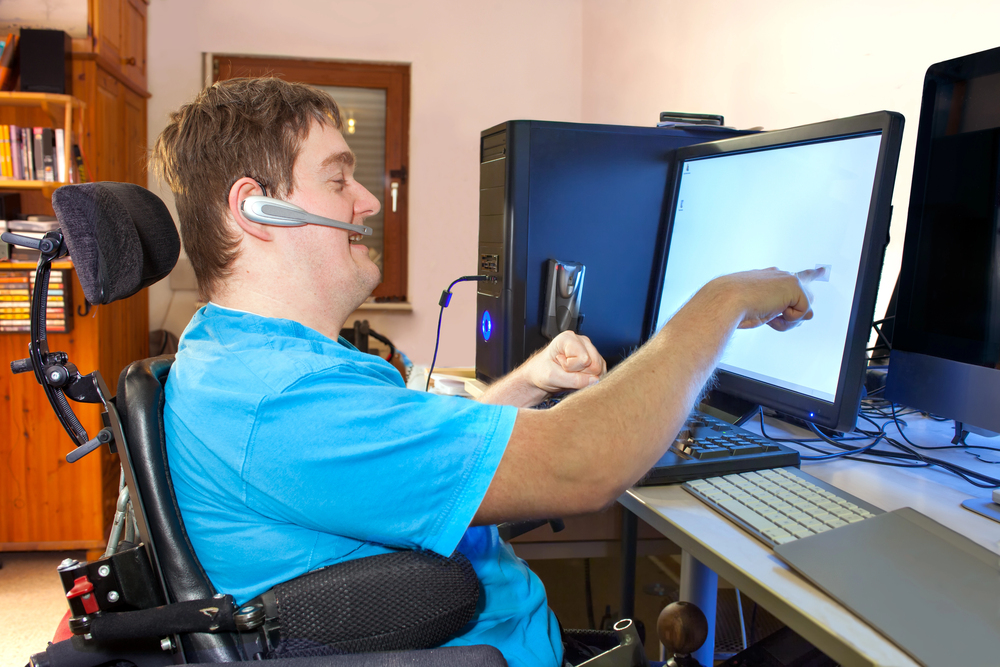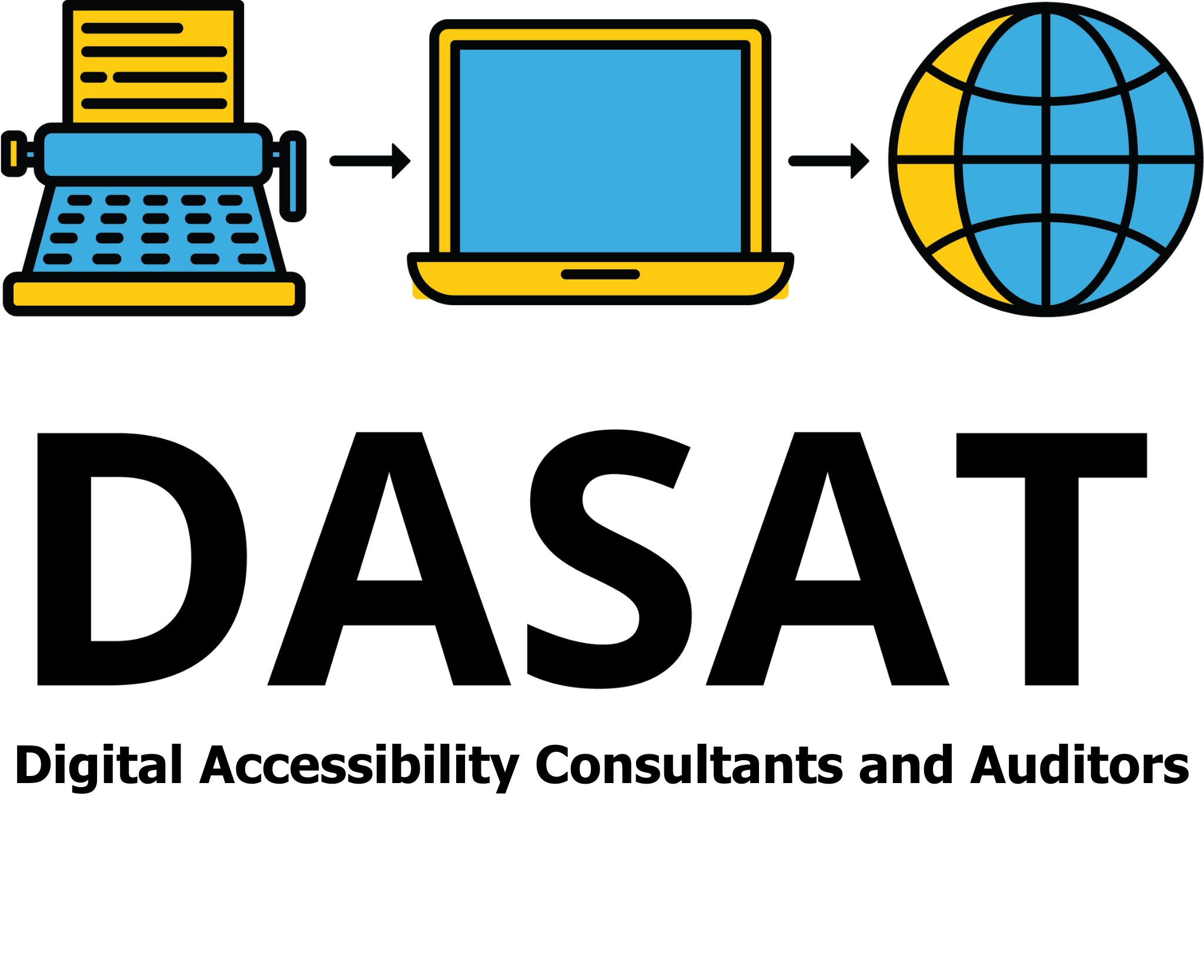
Websites, seizures and physical reactions. What is the relationship? Think about website accessibility? Most people focus on making text easy to read or buttons simple to click. There is another important factor: making sure websites do not cause harm. People do not consider the physical affects that websites and other digital content might have. Some online content can trigger seizures or strong physical reactions in certain people. This can include flashing images, fast-moving animations, or bright, high-contrast colours.
Seizures caused by visual triggers are most common in people with photosensitive epilepsy. Other people may experience dizziness, nausea, or migraines due to motion effects, such as scrolling that moves too fast or backgrounds that shift while the page loads. These issues may seem small, but they can make a website completely unusable for some visitors.

Why does this matter?
A website should be a place where everyone feels safe. If a site includes flashing lights or rapid movement, it could cause serious health problems for certain users. Even if the effect only lasts a few seconds, it can lead to discomfort or, in extreme cases, a medical emergency.
Beyond safety, making a website more accessible helps businesses and organizations reach more people. If someone has a bad experience on a website, they are unlikely to return. They may also share their experience with others, warning them to stay away. A website that avoids these problems will be more welcoming and user-friendly.

What causes Seizures or Physical Reactions
Some of the most common website features that can trigger seizures or discomfort include:
- Flashing Content: Images or videos that flash more than three times per second can be dangerous for people with photosensitive epilepsy.
- Auto-Playing Videos and Animations: Unexpected movement can make people feel dizzy or unwell. This includes background videos, scrolling effects, and sudden changes on the screen.
- Scrolling That Moves Too Fast: Some websites have text or images that slide into place as you scroll. If this happens too quickly or unexpectedly, it can make visitors feel disoriented.
- High-Contrast Patterns and Bright Colours: Some colour combinations, like bright red and blue together, can cause discomfort. Moving patterns or strong contrasts can also make it harder for people to focus on the content. Websites where the majority of the background is red is another cause of physical reactions.

Ensuring Safer Websites
The Web Content Accessibility Guidelines (WCAG) provide recommendations for making websites safer for people who are sensitive to flashing or movement. The key rules include:
- Avoid Flashing Content: Do not use flashing images, especially those that flash more than three times per second.
- Give Users Control: Allow visitors to pause, stop, or hide any moving content.
- Reduce Unexpected Movement: Avoid animations that play automatically. If animations are needed, give users an option to turn them off.
- Use Gentle Colour Choices: Avoid extreme contrasts or patterns that may cause discomfort.
- Keep Scrolling Effects Minimal: If a site uses parallax scrolling (where the background moves at a different speed than the foreground), make sure users can turn it off.

Fixing The Website Issues
If a website includes flashing images, fast-moving animations, or overwhelming colours, these problems can often be fixed with a few changes:
- Remove or Adjust Flashing Content: Replace flashing images with static ones or slow down the speed of any animations.
- Add Controls for Animations: Make sure users can pause, stop, or disable moving content if they need to.
- Test with Real Users: Ask people with different accessibility needs to review the site and give feedback.
- Follow WCAG Guidelines: These rules provide clear steps to make websites safer and more user-friendly.

Conclusion
Seizure-safe web design is not just about following rules. It is about making the internet a safer place for everyone. By avoiding flashing images, controlling movement, and using colour carefully, we can create websites that are both accessible and welcoming.
